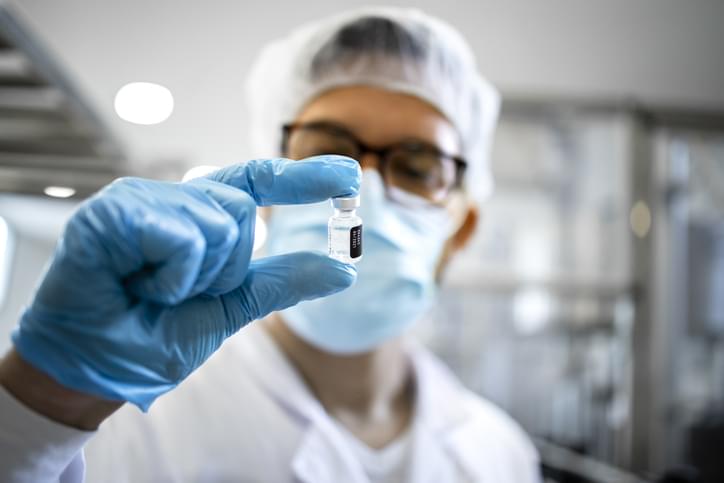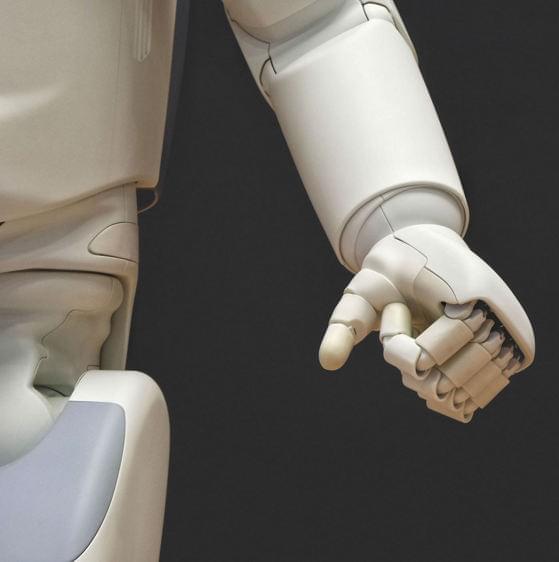The Conboys’ statement on plasma dilution is important:
The pair are quick to add that this isn’t going to have a Benjamin Button effect, and the research “wasn’t geared to make old people young” – even if this idea is being bio-hacked around the world. “It was clear that there were improvements after a couple of procedures,” says Irina. “[But] it’s not really healthy or rejuvenating to drain somebody of 70% of their blood and replace it with something.” She warns people to wait until more research is done.
Still, they believe that in the next five years we will see huge advancements in prolonging life treatments – including taking a pill instead of getting blood, and a “fountain of middle age”. “People will be able to have this high quality, productive life where they are healthy for many more decades,”
A fascinating and often terrifying new podcast delves into the lengths ‘longevity superstars’ will go to make 90 the new 50, from swapping blood with the young to designing the first ‘post-humans’






